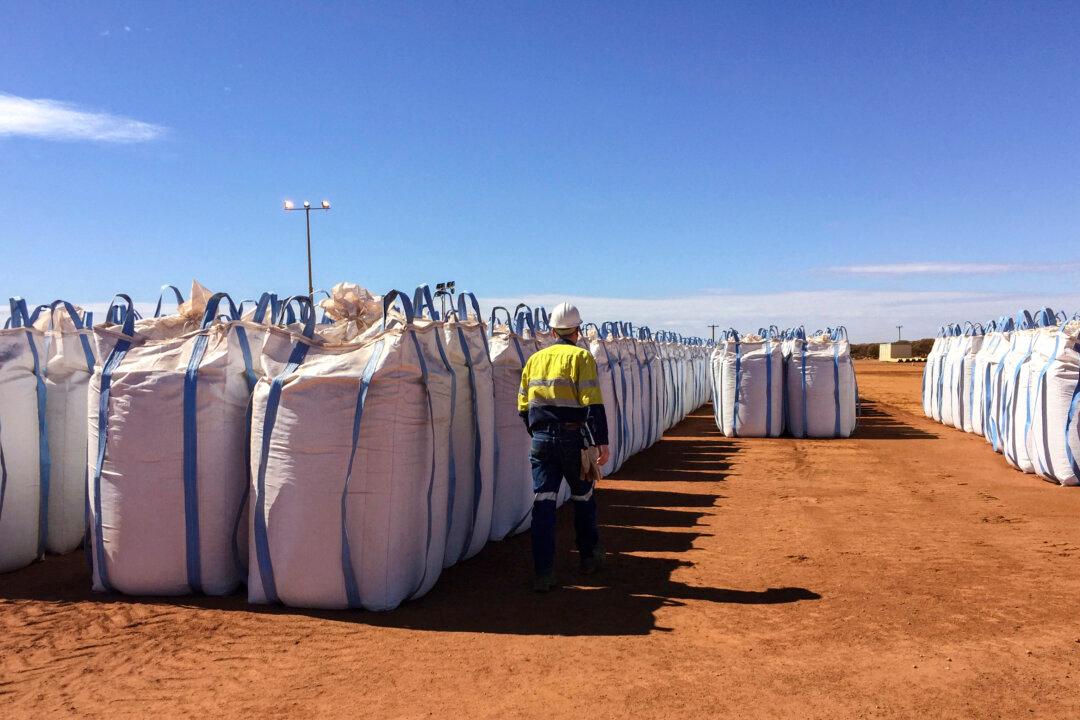Backed by Western investment and expertise, Brazil has become the latest country to join the U.S.-led push to break China’s dominance in the global rare earth elements sector, opening up the first of several planned mines set to tap its rare earth element reserves.
Coupled with expanded investment and cooperation in rare earth element exploration and development by countries such as Australia, the United States, Japan, Vietnam, and others, China observers say that the Chinese communist regime is losing its leverage in geopolitics and its competition with the West.




